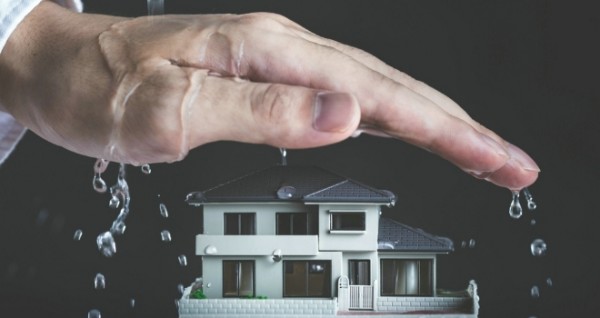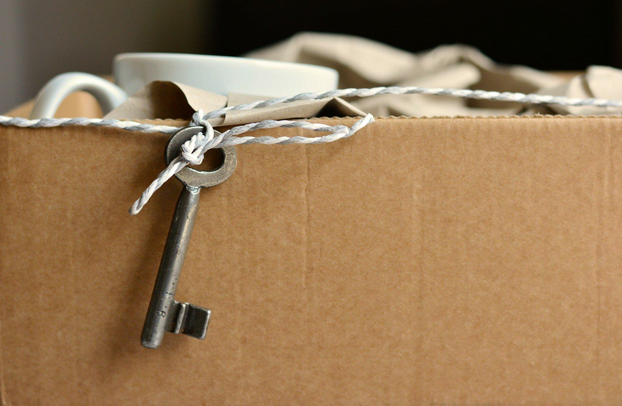
Unwanted water inside a property can be very worrying. Water will always find a way, as they say, and it has the potential to cause a lot of damage very quickly. If you’ve spotted an unidentified damp patch that seems to have appeared out of nowhere, or a large leak has sprung up somewhere inside the property, you need to take action pronto in order to minimise the damage.
Left undealt with, water can ruin furniture, furnishings and entire interiors, and even cause structural problems to the building. And should your home or business be unlucky enough to be flooded, getting back to normal can take a long time – another reason why you need to move fast to sort things out.
Here’s what you should do if you find a water leak in your home or premises.
Take immediate action
With any leak that you find at your property, your first move should be to do everything that you can immediately to reduce the risk of any problems. If a leak is dripping from the ceiling or roof, place down a bucket or other container to stop the water from damaging furnishings or upholstery. The sooner you can do this, the less you will have to worry about later on.
Next, you need to switch off the water supply into your home. You do this by turning off the stopcock – this is what allows the water from the mains into your home. It’s important for you to know exactly where this is. In many houses, the stopcock is found under the sink, but it may also be in bathroom, utility room, garage or elsewhere.
It may also be worth switching off your electricity at the fuse board. This is a precautionary measure because of the danger of water leaking onto something electrical, which has the potential to be extremely hazardous.
How to detect a leak yourself
The next task is to detect the leak itself. If you can hear running water or see wet patches, try to follow the source of the water to see exactly where it originates from. It’s the case that many leaks are immediately obvious, but sometimes the actual source may be inaccessible.
There may be a leak even if there’s no dripping or wet patch. Should find that the water pressure when you turn on the tap has dropped noticeably, then you need to check around your property for any obvious leaks. If you can’t find anything but you know water is coming into the property, it is time to bring in professional help.
Call for professional assistance
Clearly, if a broken pipe is spilling water in your bathroom, you’ll be aware of where the problem is coming from. However, often a small leak can emanates from an unseen or inaccessible source and you may need a specialist company to help you find where the problem is coming from, and put a stop to the water ingress.
In the absence of any clues, it makes sense to start from the top. Find a company with the necessary expertise, experience and equipment to identify any roof defects. This company, for instance, has a fleet of cherry pickers at their disposal and a team of professionals for high access property maintenance. They can carry out roof surveys and gutter cleans too.
Work out who is responsible
Next, you need to understand exactly who is responsible for fixing the leak. In general, if there is a problem with a damaged water pipe or any aspect of waterworks from the external side of the stop valve, it is the responsibility of the water company to deal with the problem.
If the issue is coming from your side of the water meter or the stop valve, then it will be your responsibly to deal with it. It’s worth noting that different water companies have different policies and may be willing to fix the leak for you or contribute to the cost of repairs, even if it is on your property.
Contact your insurance company
If you have suffered serious damage to your home from a water leak or as a result of flooding, you should get in contact with your insurance company as soon as you have taken all the necessary emergency measures.
If you are covered for water and flood damage, your insurance should pay for any building and contents restoration work. If not, you will be looking at a bill to deal with the clean-up – this could include everything from water extraction and drying to dealing with long-term problems including odour removal and sanitation.




 POSTED BY
POSTED BY 

